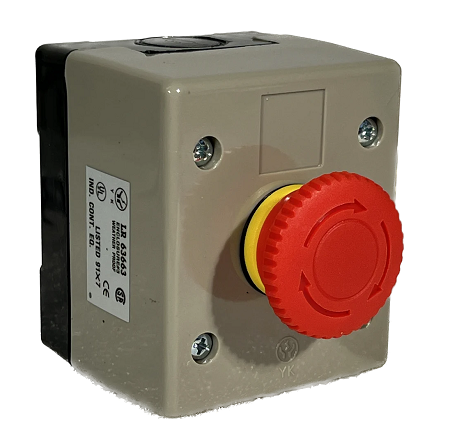A Brief Outlook at Its Significance and Roles of Pump Relay Control
Management of Fluid flow Pumps is essential in several business sectors and most residential applications. Whether water, chemicals, or even other fluids are being pumped, the control of water motors is crucial in defining the system’s efficiency, safety, and functionality. This is where pump relay control is useful here because it provides a smart way of regulating water motor operations automatically or remotely.
This blog post provides a brief description of pump relay control, how it works, its applications, and its importance in businesses and houses.
How does a pump relay control work?
A pump relay control is an intervening circuit between the regulating system and the power supply to the motor.
- Control Signal Detection: The control mechanism for instance a float switch or thermostat gauges some parameters such as water level pressure or temperature.
- Relay Activation: When the regulating mechanism feels that something has changed, for instance, the water level is low or the pressure is high, an electrical signal is given to the relay.
- Power Control: When it receives the signal, the relay opens its contact and therefore switches off the circuit. The power is then supplied to the pump and the pump starts to work or to rotate.
- Deactivation: When the required condition is met, the control mechanism sends another signal to the relay which interrupts the circuit and thus stops the power supply to the pump thus stopping the pump.
Types of Pump Relay Controls
Pressure Control: This type of relay is normally used in such systems as water supply systems where pressure has to be controlled to certain levels. A pressure switch controls the pressure of the system in the event of low pressure and turns off when pressure is adequate.
Float Switch Control: Level sensors are used in instances where the level of a certain fluid has to be regulated by the system. These switches are mostly used in sump pumps and sewage systems. The float switch is used to monitor the level of the liquid and when the liquid level gets to the lowest level the system is activated.
Thermostat Control: Thermostats are mainly used in HVAC systems or boilers where it is required to regulate temperature. When the temperature is either high or low, the thermostat sends a signal to the pump relay, and the latter can act on the change.
Timer-Based Control: Sometimes the pumps have to operate for a given time, or have to be on/off at certain time intervals. Programmable transmitters enable pumps to be turned on and off at some time so that the process goes on without supervision.
Uses of Pump Relay Control
Water Supply Systems: The water supply systems include residential, commercial, and industrial water supply systems where some pumps help regulate the water pressure and flow rate. They also assist in regulating the pumps because they only operate when they are needed to do so, thus preventing water and energy wastage.
HVAC Systems: Pumps are employed in HVAC systems for circulation of water or refrigerants, and most of the pumps are used all year round. Pump relay controls make sure that these kinds of pumps run because of temperature variations so that energy is conserved and an environment is created.
Sump Pumps and Sewage Systems: Sewage and stormwater management systems also incorporate the use of sump pumps to pump water to prevent the accumulation of flood water. Sump pumps have float switches that enable the pump to operate only when there is water and when it is needed to pump the water so as not to cause damage to the property and the pump.
Irrigation Systems: These controls are applied in farming and gardening to make sure that water is provided to the fields or gardens in the right measure. Some use pressure or time-based switches to ensure that there is a timely supply of water to the pumps so that they can only supply water when necessary to save water and energy while at the same time ensuring that the soil is moist enough.
Boilers and Industrial Process Equipment: In industrial applications, the pumps are utilized to transport the fluids, especially where the temperature or pressure is critical. These pumps are regulated through thermostat or pressure-based relay controls to ensure the right condition is provided for these pumps.
Benefits of Pump Relay Control
- Energy Efficiency: As these control systems make sure that pumps only work when needed, they lead to lesser energy usage.
- Extended Equipment Lifespan: Operating a pump or any equipment, for that matter, continuously or when it is not required will cause it to overheat, wear out, and fail.
- Automation and Precision: They also enable automatic operation and thus minimize the use of human effort.
- Cost Savings: Improving energy efficacy and the durability of equipment can result in considerable savings in the long run.
Conclusion
Pump relay control is an important aspect of motor management in industries and homes as well. These systems manage the operations of turning them on and off automatically, thus making sure that pumps work only when necessary to avoid wastage of energy or damaging the equipment.
From water supply and management to HVAC systems, irrigation systems, or industrial fluid management, it enhances efficiency, reliability, and safety in many applications. These advancements in technology call for even more sophisticated control systems that are more flexible and compatible with current-day automation devices.

